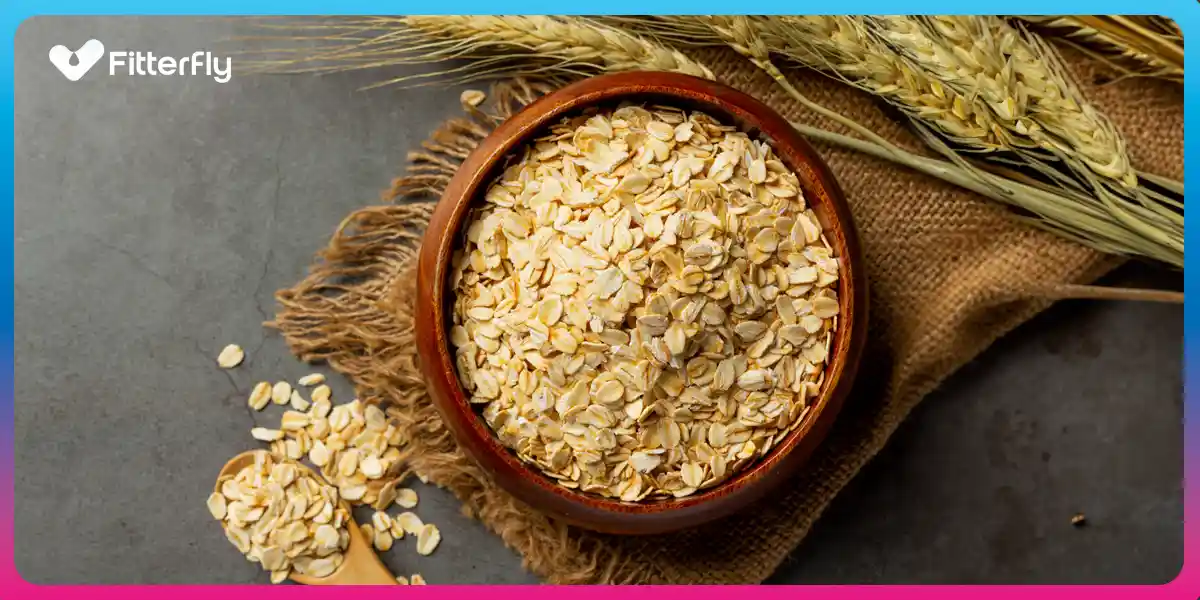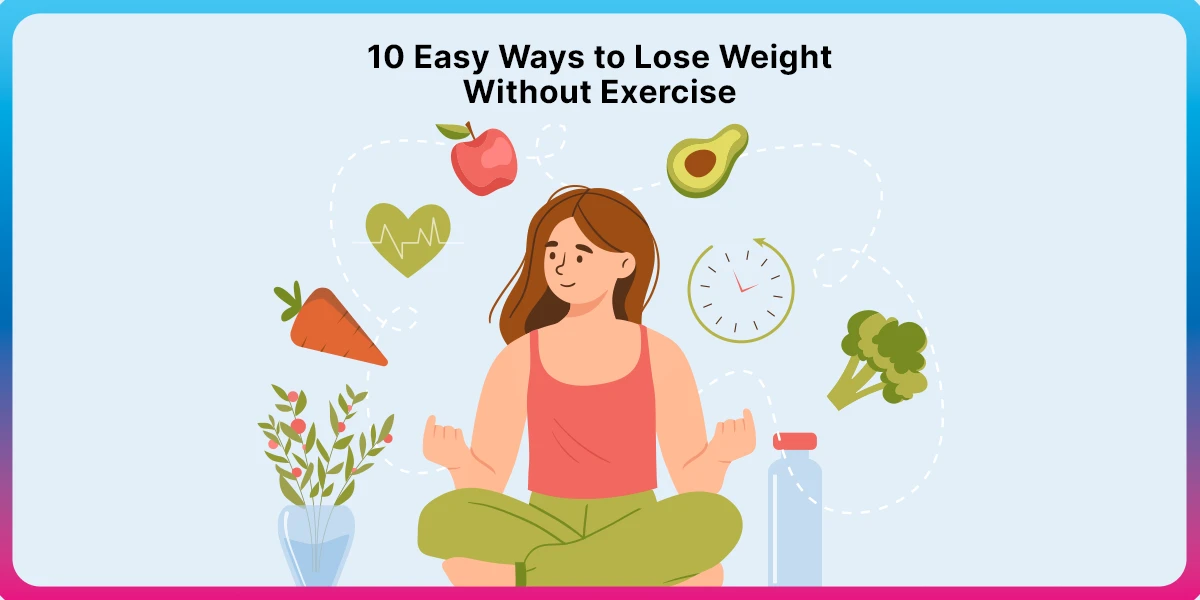How to Control Diabetes: Lifestyle Modification and Diet Tips to Keep Your Blood Sugars in Control
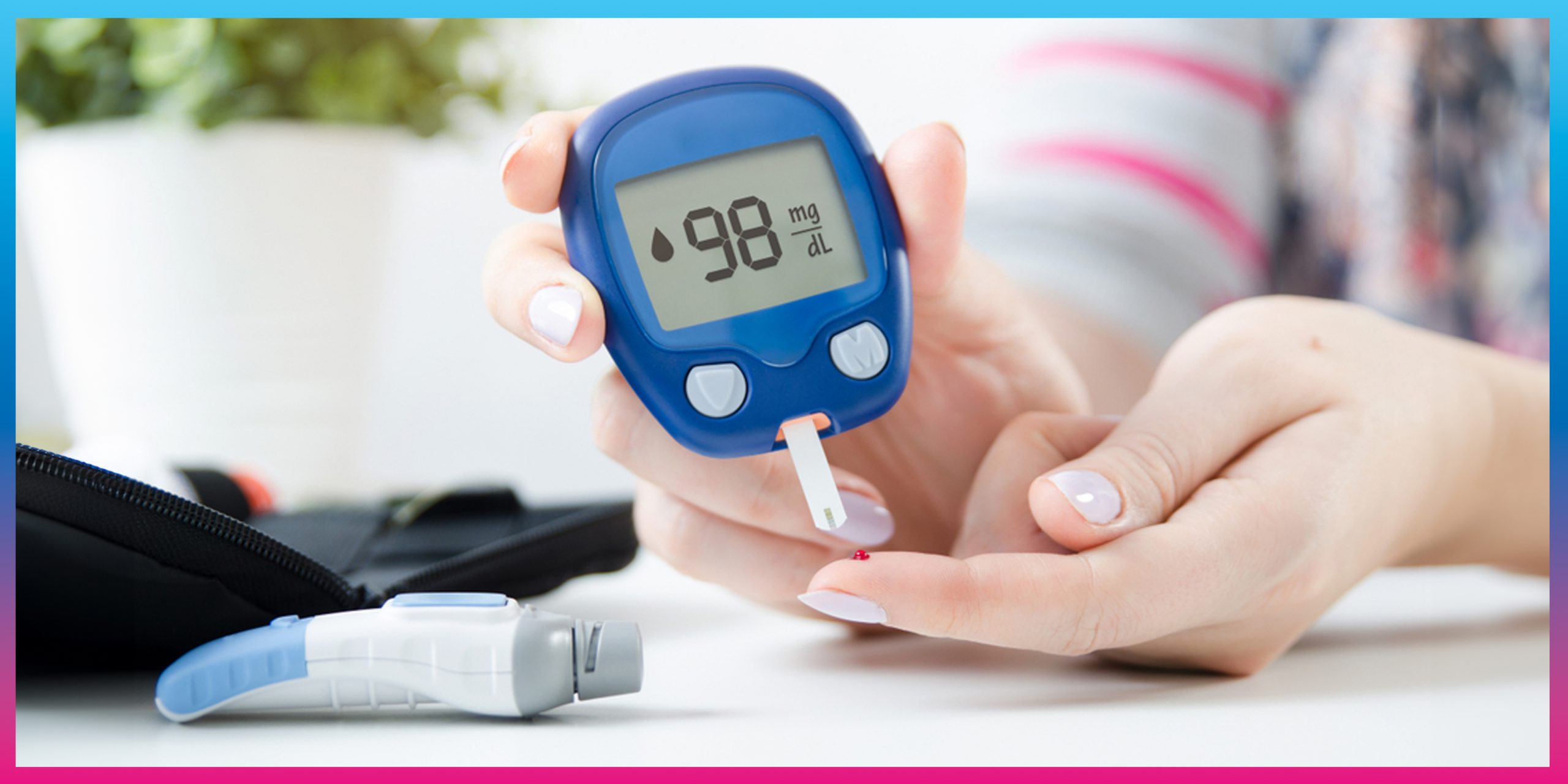
Living with diabetes can sometimes feel like an ongoing challenge, with blood sugar levels constantly demanding your attention. You must be looking for an answer to “How can I effectively control my diabetes?” or tips for diabetes management.
So, the good news is that you can take control of your condition by making mindful dietary choices and implementing specific lifestyle adjustments.
But before we dive into dietary tips, let’s understand how your diet can impact your blood sugar levels.
Diet and its impact on insulin resistance
Choice of food is significant as foods with a high glycemic index (GI), like white bread, rice, and watermelon, can cause significant spikes in blood sugar levels. Whereas low glycemic index foods, like whole oats and avocado, digest slowly, resulting in a gradual and controlled increase in blood sugar levels.
Many individuals may also be curious about how diet affects their insulin resistance, especially those with diabetes. Insulin resistance is when the body’s cells become less responsive to the hormone insulin, which can greatly influence dietary choices.
Consuming a diet primarily consisting of highly processed foods high in carbohydrates and saturated fats has been associated with insulin resistance. When you consume highly processed, high-carbohydrate foods, your body rapidly digests them, leading to a sudden spike in blood sugar levels.
This constant surge in blood sugar can strain the body’s insulin response, potentially contributing to the development of insulin resistance over time.
Now, let’s explore the strong connection between diet and diabetes and the necessary strategies and tips for diabetes management. By understanding how diet impacts blood sugar, making informed choices about the types and quantities of food you consume, and incorporating lifestyle adjustments, you can effectively control your diabetes and achieve a healthier life.
Here are some key tips to help you control diabetes effectively:
To know your chances of Diabetes reversal, take the Diabetes Reversal TestDiabetes Reversal
Calculator
Diet Strategies for Blood Sugar Control
1. Impact of Carbohydrates
Choosing food with low carbs and high fiber content can help regulate blood sugar levels more effectively. E.g., eggs, leafy green vegetables, cauliflower and broccoli, etc.
2. Glycemic Index
Opting for food with low GI helps you to keep your blood sugar under control. E.g., avocado, walnuts, seeds and apricots, etc.
3. Portion Control
Balancing meals and snacks with appropriate portions of carbohydrates, proteins, and fats helps you to prevent blood sugar spikes.
4. Fiber Intake
You should include more of high-fiber food in your diet as fiber slows down the digestion and absorption of carbohydrates, resulting in a slower rise in blood sugar levels. It also promotes satiety, aids in weight management, and improves overall blood sugar control.
5. Impact of Sugary Foods
Limiting the consumption of sugary treats and drinks is important to avoid rapid blood sugar spikes. Choose healthier alternatives and natural sweeteners when possible.
6. Balanced Meals
Creating balanced meals with a combination of carbohydrates, proteins, and healthy fats helps stabilise blood sugar levels and prevent sudden spikes.
7. Importance of Meal Timing
Consistency in meal timing and spacing meals evenly throughout the day helps maintain stable blood sugar levels. Timing carbohydrate intake with medication or insulin administration can optimise blood sugar control.
8. Role of Protein
Adequate protein intake has minimal impact on blood sugar and provides sustained energy. It also helps with satiety, muscle repair, and overall metabolic health.
9. Beverages
Choose beverages wisely and opt for water, unsweetened tea, or water instead of sugary drinks to avoid rapid blood sugar fluctuations.
10. Minimise vices
Smoking and alcohol can make your diabetes difficult to manage and also can lead to damage to various other organs like the liver, heart and lungs and eyes too.
The Plate Method
The Diabetes Plate Method is a practical and flexible way to plan your meals that includes a balanced intake of carbohydrates, protein, and non-starchy vegetables.
This method allows you to regulate your portions and create a well-rounded meal promoting stable blood sugar levels.
The Diabetes Plate Method is a practical and flexible way to plan your meals that includes a balanced intake of carbohydrates, protein, and non-starchy vegetables.
This method allows you to regulate your portions and create a well-rounded meal promoting stable blood sugar levels.
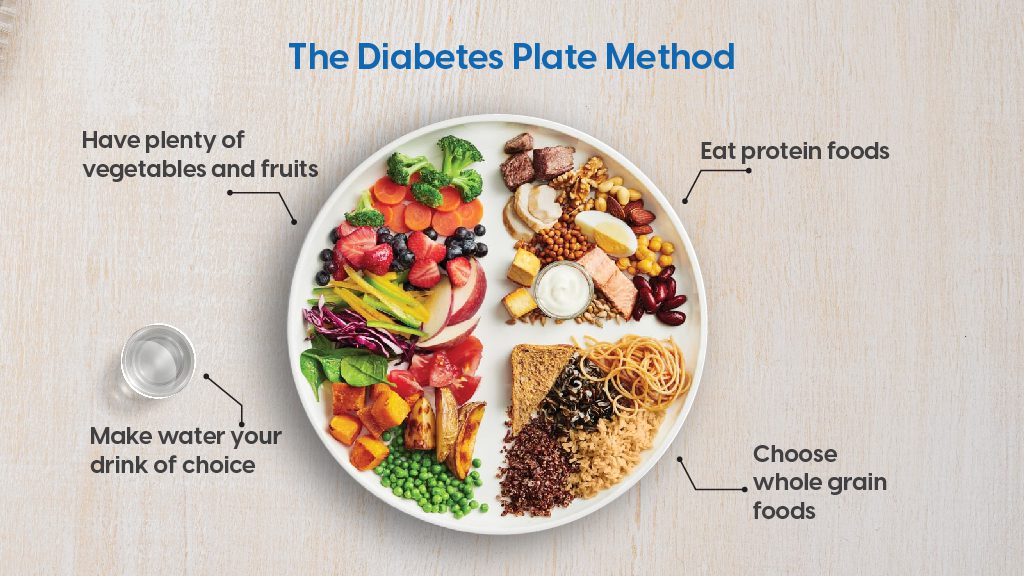
1. Building Your Plate
Fill Half Your Plate with Non-Starchy Vegetables
Start by filling half your plate with a colourful array of non-starchy vegetables such as broccoli, spinach, peppers, or green beans. These vegetables are low in carbohydrates, calories and rich in fiber, vitamins & minerals. They help you feel fuller for longer without causing spikes in blood sugar.
Allocate a Quarter of Your Plate for Lean Protein
Next, allocate a quarter of your plate for lean protein sources like skinless poultry, fish, tofu, or legumes. Opting for lean protein sources reduces the intake of unhealthy fats and helps control your overall calorie consumption.
Reserve the Remaining Quarter for Whole Grains or Starchy Vegetables
The remaining quarter of your plate should be reserved for whole grains or starchy vegetables. Whole grains like quinoa, brown rice, or whole wheat bread provide valuable nutrients and fiber. Starchy vegetables such as sweet potatoes, corn, or peas are also good options.
Remember to opt for whole grains and choose starchy vegetables in moderation to manage your carbohydrate intake effectively.
2. Additional Tips for a Healthy Diabetes Plate
- Incorporate healthy fats in moderation, such as olive oil, avocados, or nuts, to add flavour and promote satiety.
- Limit the consumption of added sugars and refined carbohydrates in processed foods, desserts, and sugary snacks.
3. Stay hydrated
Dehydration can spike your blood sugar levels, so ensure to drink at least eight to ten glasses of water daily. To ensure that you can set reminders on your smartphone to drink water at regular intervals throughout the day and carry a water bottle with you wherever you go.
4. Engage in Regular Physical Activity for Diabetes Control
Regular physical activity is crucial to manage blood sugar levels and control your diabetes and maintain overall health.
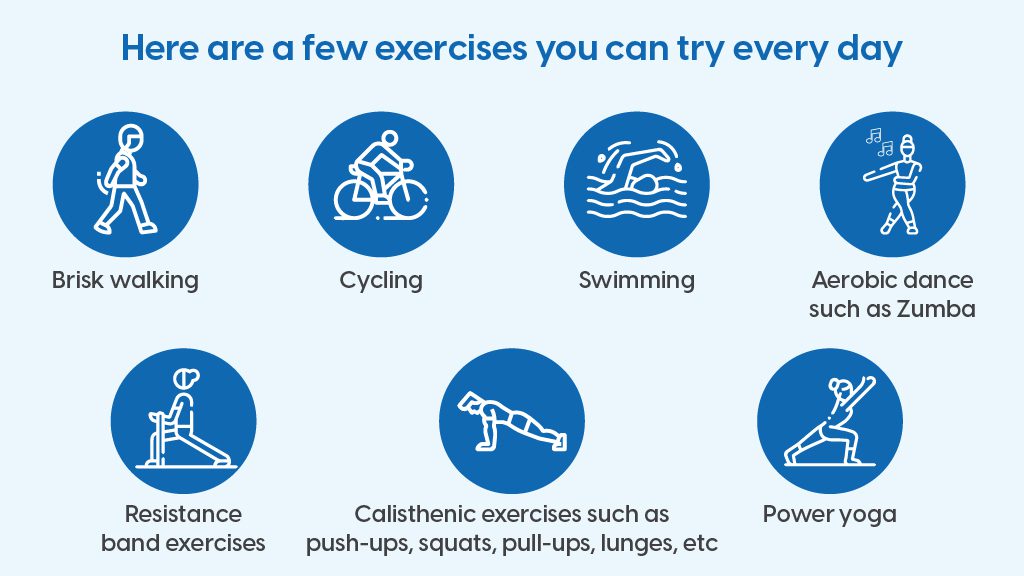

Let’s understand how exercise is beneficial to manage your diabetes:
1. Weight Management
Regular exercise helps you maintain a healthy weight or lose weight if you are overweight. It improves insulin sensitivity and glucose absorption by the body.
2. Improved Insulin Sensitivity
Physical activity enhances your body’s ability to use insulin effectively. This means your cells can better absorb glucose from the bloodstream, improving blood sugar control.
3. Aim for 30-45 Minutes Daily
Aim to engage in at least 30-45 minutes of moderate-intensity exercise daily. This can include activities such as brisk walking, jogging, swimming, aerobics, or Zumba. Regular exercise helps lower blood sugar levels, boost cardiovascular health, and promote weight loss.
4. Cardio and Strength Training
Cardio activities such as walking or swimming help you to burn calories and improve your heart health. Strength training exercises, such as weightlifting or resistance training, help your body to boost insulin utilisation.
5. Seek Professional Guidance
In case you need help with how to structure your exercise routine, consider seeking guidance from a professional coach, physiotherapist, or certified personal trainer.
Post-Meal Walks for Diabetes Management
Walking after meals helps control blood sugar levels, improve digestion, manage weight, enhance insulin sensitivity, and reduce stress. A 10-15 minute walk after each main meal can benefit significantly, as it promotes efficient glucose utilisation, prevents discomfort from indigestion, burns calories, supports weight control, and contributes to overall blood sugar regulation.
So asking your healthcare professional before incorporating post-meal walks into your daily routine is a simple yet effective practice for managing diabetes and promoting overall well-being.
Manage stress levels and sleep
Chronic stress can directly impact your blood sugar levels and hinder your diabetes management efforts. Take care of your mental health alongside your diet and exercise routine.
The main stress hormone, called cortisol, can cause an increase in appetite, leading people to overeat, and let you gain extra weight, which can further complicate your diabetes management.
Adequate sleep is vital for people with diabetes. It helps maintain blood sugar levels, improves insulin sensitivity, supports weight management, regulates glucose-controlling hormones, and promotes overall well-being.
Establishing a regular sleep schedule, creating a sleep-friendly environment, managing stress, engaging in physical activity, and addressing sleep disorders are key strategies to prioritise for people with diabetes.
Seek support from clinical psychologists who can help you navigate your emotions and boost your motivation to follow the proper guidelines for lifestyle management.
Taking your medications on time
The medication works best when followed with proper lifestyle management. Ensure you take the prescribed oral medications or insulin injections at the correct dosage and schedule.
Discuss any other medications you may be taking with your doctor to develop a comprehensive treatment plan that keeps your blood sugar controlled. Avoid self-medication or stopping medications without consulting your doctor, as it can lead to complications.
Is diabetes reversal possible for everyone?
It might be disappointing, but Not all types of diabetes can be reversed or prevented. Though not everyone and all types of diabetes can be reversed but people with Type – 2 diabetes can reverse their condition with proper management and education.
However, this is possible considering your age, gender, BMI, duration of diabetes, current medication, family history of diabetes and other health conditions. Your healthcare provider will guide you about diabetes management.
The higher the score is, the better your chances of reversal.
Also, reversal doesn’t mean a diabetes cure. You will still need to follow the basics of a healthy lifestyle for diabetes management and to control your blood sugar levels.
This is where Fitterfly’s Diabetes Care Program comes into play. With a team of specialists, including nutritionists, physiotherapists, and clinical psychologists, Fitterfly provides tailor-made plans to help you achieve your individual health goals.
With diligent efforts, it is possible to keep diabetes and blood sugar levels under control.
You can also use Fitterfly’s Diabetes Remission Calculator to know if it’s possible.
Reduced HbA1c by HALF in 6 months


6.6%
Happy members
EMI
Guarantee
4.8/5
Diabetes Prime Program
FitterTake
Diabetes management requires a comprehensive approach that combines dietary strategies, regular physical activity, stress management, adequate sleep, and medication adherence.
This is where Fitterfly’s Diabetes Care Program, designed by nutrition, psychology, physiotherapy, and technology experts, offers a multidisciplinary approach to reduce medications, lifestyle complications and enables them to manage their diabetes effectively.
To learn more about Fitterfly’s Diabetes Care Program and how it can help you intelligently take control of your diabetes, speak to one of our counsellors.
**Diabetes Remission is the clinical term for Diabetes Reversal.
This blog provides general information for educational and informational purposes only and shouldn't be seen as professional advice.
Fitterfly's Diabetes Prime Program
clinical term for Diabetes Reversal

















